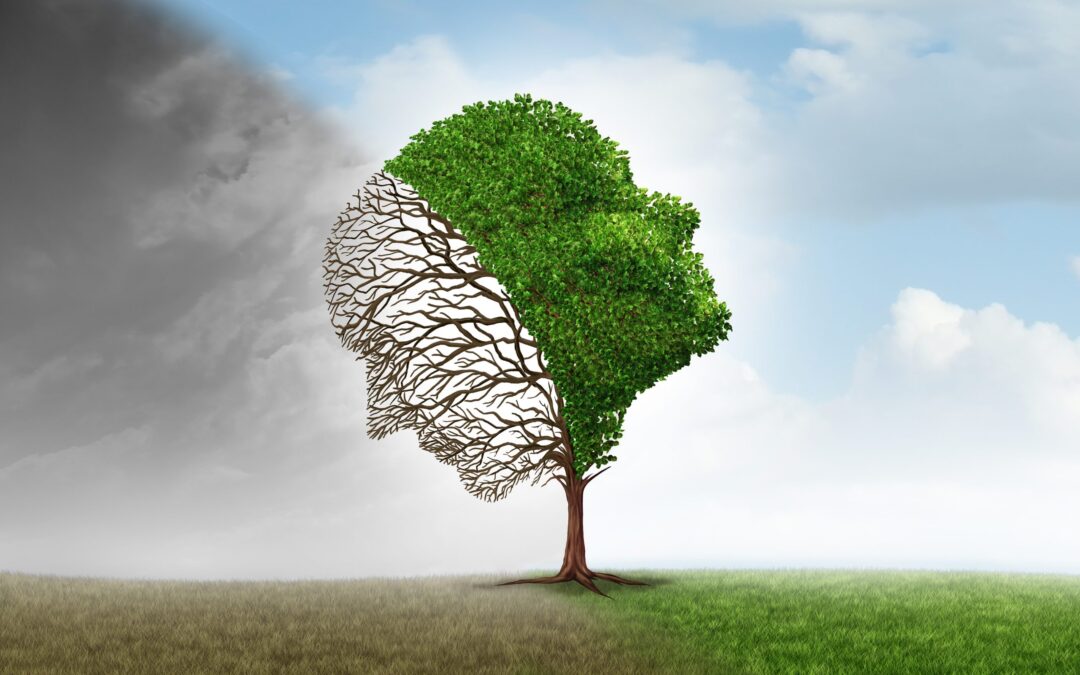The winter months can be long, cold, and dark. Sometimes, so much so that the weather can cause individuals to develop a form of depression called Seasonal Affective Disorder (SAD). While many individuals may feel the “blah” of the winter blues or challenges related to the holidays, when symptoms are significant enough to impair functioning and persist throughout the season, it may be an indication of something more.
It is generally believed that SAD is driven by our bodies’ physio-psychological reactions to less sunlight and longer nights, however we don’t know the exact cause as it has been observed to run in families, genetic factors may increase vulnerability.
If you feel as if the weather is affecting your mood, focus, energy levels, and mental state, you may be experiencing Seasonal Affective Disorder.
What is Seasonal Affective Disorder (SAD)?
Seasonal Affective Disorder is a subform of major depression, recurrent, or bipolar disorder that occurs at the same time of year for at least two consecutive years. Typically, during the fall and winter months.
The lack of exposure to sunlight is thought to trigger changes in the brain related to hormones and neurotransmitters such as melatonin and serotonin, as well as altered circadian rhythms, leading to an individual experiencing symptoms of depression.
Another hallmark of SAD that differs from other forms of depressive disorders is the cessation of symptoms that again occurs with another seasonal shift, typically when entering the spring and summer months.
Those experiencing SAD may encounter some or all of these symptoms:
- Low energy levels and trouble concentrating
- Difficulty remembering simple things or making decisions
- Abandoning hobbies or activities that used to be enjoyable
- Withdrawing from others to rest
- Oversleeping
- Changes in appetite
- Prolonged feelings of hopelessness or worthlessness
- Daily restlessness or anxiousness
- Feeling irritable or frustrated
- Headaches
- Digestive issues
- Suicidal thoughts
Seasonal Affective Disorder is more common among people who experience the least amount of daylight hours due to living farther from the equator. For reasons that are unclear, biological sex is also a risk factor for SAD, with a higher prevalence among women than men. The National Institute of Mental Health estimates that millions of Americans experience SAD, but most experience it without knowing about the condition.
How to Combat SAD
In some cases, it may be possible to fight symptoms of SAD without formal treatment. Some find success through methods that include:
- Taking walks outside when the sun is out
- Utilizing natural lighting in your home
- Taking Vitamin D supplements
- Practicing balanced exercise
- Aiming to sleep 8 hours a night and refraining from naps
But for many experiencing Seasonal Affective Disorder, it is crucial to seek professional guidance in addition to implementing habits to combat symptoms. With a professional diagnosis, you can be sure the symptoms you are suffering from are from SAD and not a different condition or viral infection. While the above are helpful ways to combat SAD symptoms, if you seek professional care, you are ensuring the proper treatment for yourself.
There are formal ways to treat Seasonal Affective Disorder, or, as many colloquially refer to it as, “seasonal depression.” While SAD is a form of depression, the first line treatment modalities that are used are a bit unique.
A number of interventions are commonly used to treat Seasonal Affective Disorder during the winter months, including:
Therapy
Cognitive Behavioral Therapy, or CBT, is an effective form of treating seasonal affective disorder. CBT emphasizes learning to identify and regulate thoughts, feelings, and the subsequent behaviors you may be experiencing as depressive symptoms. Working with a therapist or counselor trained in CBT can be an effective way of changing your perspective and helping you to manage stressors.
Therapy can also be instrumental in helping those with SAD through:
- Identifying Triggers: Therapy helps you identify situations or events that worsen your SAD symptoms, empowering you to develop proactive strategies to manage them.
- Building Resilience: Therapists equip you with skills to manage stress, develop healthy coping mechanisms, and build resilience for future challenges, not just during winter months.
- Long-Term Management: Therapy provides ongoing support and guidance, helping you maintain progress and navigate future SAD episodes more effectively.
Antidepressants
While many antidepressants can help offset the symptoms of SAD, serotonin reuptake inhibitors are the most commonly prescribed medications for those who are struggling with depression related to seasonal changes. The have been observed to be most effective if taken prior to the start of the winter and when taken consistently through until spring.
Continued Light Therapy
Light therapy consists of someone sitting in front of a bright light, often a light box that was recommended by a care provider. For the best results, it’s recommended to use a light box daily for at least 20 consecutive minutes in the morning upon waking up.
Light boxes are a great option as they supplement sunlight and are up to 20 times brighter than regular indoor light while also protecting users from harmful UV light. For some, however, this may not be the best method of therapy, depending on other health risks and medications. Be sure to consult a care professional to see if light therapy could be a safe option for you.
How Galen Hope Can Help
During the winter, the longer nights can cause a season of physical and psychological darkness. Someone may find themselves minorly affected at first but after a few hard months, they may find the reality of Seasonal Affective Disorder to be overwhelming. We understand, and we’re here to help.
Galen Hope is nationally recognized for mental health and eating disorder treatment and runs in-person care out of its centers in South Florida. We have the programming and resources available to customize care for those experiencing Seasonal Affective Disorder, in addition to other mental health concerns. With multiple methods of therapy and multiple tiers of care available, our staff will work with you and your family for what will yield the best healing for your needs.
To learn more about what care options may be available to you, visit our webpage: https://www.galenhope.com/our-mental-health-and-eating-disorders-treatment-programs/
the road to wellness starts by seeking help. today.
Built on the principles of assertive community treatment, Galen Hope is an eating disorder and mental health treatment center offering individualized treatment options that include Intensive Outpatient (IOP), supported housing, and Partial Hospitalization Programs (PHP). As a “Community of Integrated Wellness,” we pride ourselves in fostering a thoughtful and meaningful care experience that can guide our clients on their road to recovery and increased quality of life, regardless of diagnosis. Galen Hope currently offers separate, age-specific programming for adolescents ages 12-17 and adults 18 and up, of all genders.
To learn more, or to join our community for integrated wellness, please contact us today.
Belong. Heal. Grow.

